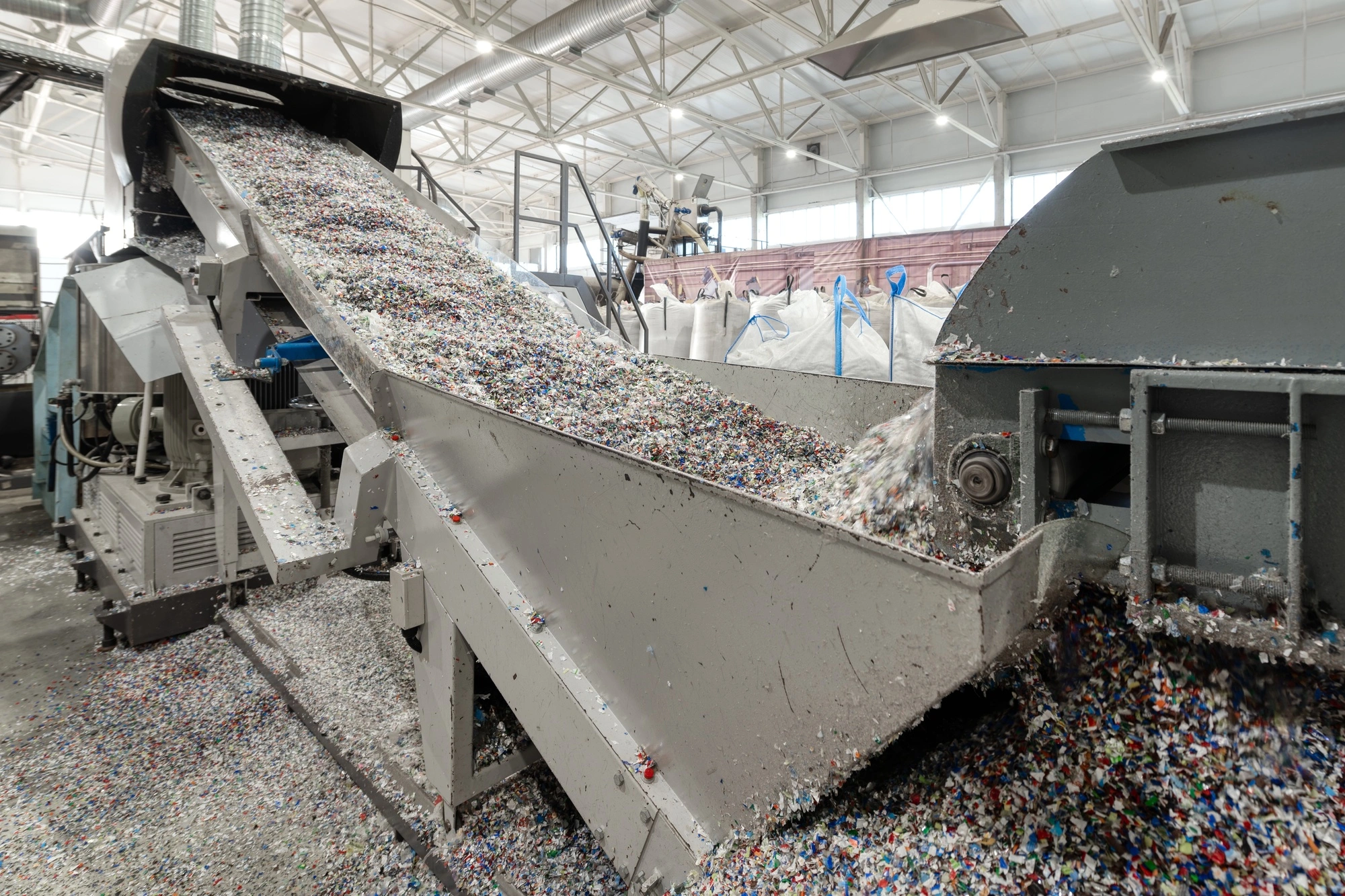

Tantalum (Ta) is primarily extracted from a variety of geological sources, with the most significant being pegmatite-hosted deposits. These deposits are typically found in granitic or alkaline rocks and are rich in Ta-bearing minerals such as columbite-tantalite (coltan). Pegmatites, due to their coarse-grained nature, often contain high concentrations of tantalum, making them economically significant. In addition to pegmatites, weathering-enriched deposits also contribute to Ta production, where primary pegmatites have been altered through weathering processes. These deposits tend to have higher Ta concentrations, making them valuable sources. Peraluminous granites, which contain an excess of aluminum, are also notable sources, though these deposits tend to be smaller and less rich in Ta compared to pegmatites.
Historically, large-scale mining operations in regions such as Greenbushes and Wodgina in Australia have been the primary contributors to global tantalum production. These operations are currently on care-and-maintenance status, but their future will depend on shifting regulatory policies and market demands.
Tantalum is a highly valued metal due to its unique properties, such as high melting point, excellent electrical conductivity, and resistance to corrosion. These characteristics make tantalum indispensable in various high-tech industries, particularly in the production of capacitors used in electronics like mobile phones, computers, and automotive systems. Tantalum’s uses also extend to aerospace, energy storage, and medical technologies, further increasing its market demand. As global demand for electronic devices continues to grow, the need for tantalum is expected to remain strong.
The market for tantalum is characterized by its specialty metal status, where supply is limited, and prices are influenced by factors like the metal's unique properties and its critical role in modern technologies. The value of tantalum concentrates is determined by the Ta2O5 content, with higher-grade concentrates being more valuable. The market also faces challenges due to the presence of tantalum in conflict minerals, which has led to increased scrutiny on ethical sourcing and regulations surrounding the mineral.
The tantalum supply chain is heavily dependent on a few primary sources, with pegmatite-hosted deposits and weathering-enriched deposits accounting for a substantial portion of global production. Artisanal mining, particularly in countries like the Democratic Republic of Congo, remains a significant contributor, though it is associated with issues of ethical sourcing and conflict minerals. Placer deposits, which result from the erosion and transport of tantalum-bearing pegmatites, have historically provided around 40% of global tantalum production, but today they account for about 20%. Recycling has become an increasingly important source of tantalum, particularly from old electronics, contributing roughly 30% of production in 2012.
Geopolitical factors play a crucial role in the tantalum supply chain, especially as most tantalum-producing regions are politically unstable. In particular, countries like Brazil, Canada, and Australia contribute significantly to production, but the largest producers remain in regions with high risks associated with artisanal mining. These regions face challenges related to environmental regulations and ethical concerns in sourcing materials.
Tantalum is subject to high supply risk due to its reliance on a limited number of sources and the geopolitical instability of key mining regions. This risk was recognized by the European Commission, which included tantalum in its list of critical raw materials. However, the supply risk for tantalum has been downgraded recently as new sources are being explored, and recycling efforts have become more prominent. Despite this, tantalum's economic importance remains high due to its irreplaceable role in electronics and high-tech industries.
The price of tantalum concentrates is primarily determined by the Ta2O5 content, with higher-grade concentrates being more valuable. The market operates on a negotiation-based system between buyers and sellers, with factors such as purity, market demand, and geopolitical considerations influencing the price. Additionally, the presence of impurities like uranium (U) and thorium (Th) in tantalum ores complicates the mining and transportation processes, especially due to regulations on radioactive materials.
The geology, market, and supply chain of tantalum are deeply intertwined with the unique properties of the metal, its role in high-tech industries, and the geopolitical dynamics of its mining regions. As demand for tantalum continues to rise, particularly in electronics, the need for secure, sustainable, and ethical sourcing practices becomes increasingly important. While primary sources of tantalum are concentrated in specific regions, recycling and exploration of new deposits, particularly in peralkaline intrusions and carbonatite complexes, may help diversify the supply chain. However, balancing economic potential with environmental and ethical considerations will be key to ensuring a stable and responsible tantalum market.